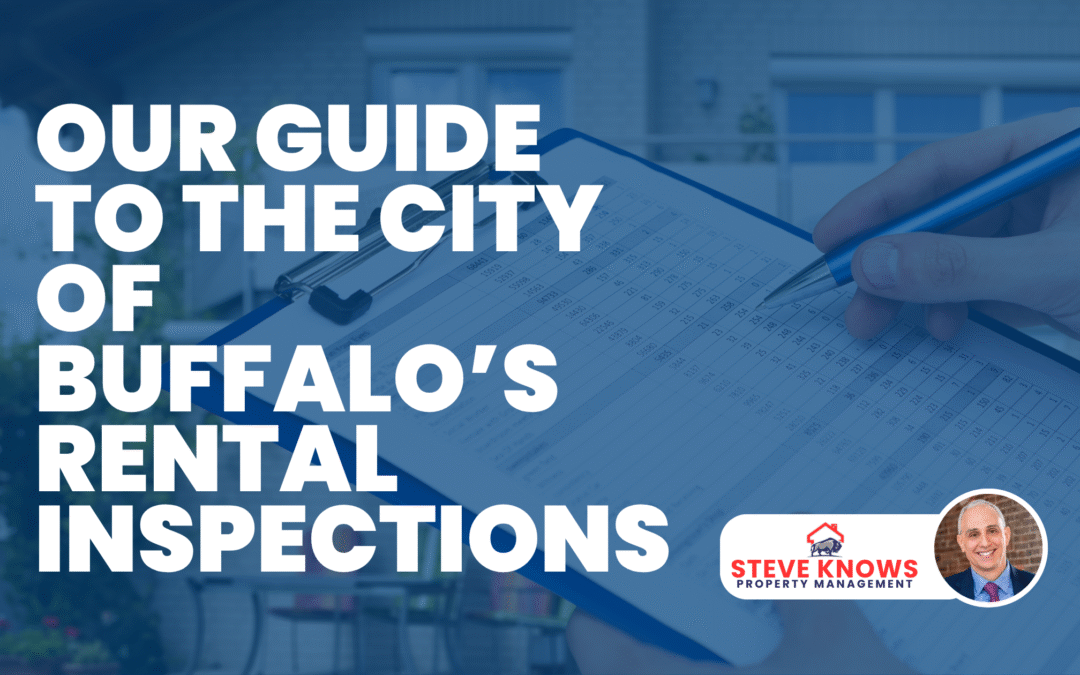If you own a one- or two-unit rental property in the City of Buffalo, you are required to register your property with the Department of Permits and Inspections. The properties, once registered, will be put on a schedule for a proactive inspection performed by the city and will be required to maintain a certificate of rental compliance.
The inspection focuses on ensuring safety and integrity. If a property fails to meet the inspection standards, it will not be permitted to operate as an income property and tenants may not be evicted for non-payment of rent.
If you don’t know about this process or haven’t yet experienced an inspection at your property, here’s a quick primer!
Here are five of the issues we’ve often identified on walkthroughs.
- Missing, inoperable, or inadequate number of smoke and carbon monoxide detectors. There must be at least one smoke detector near every sleeping area, you also need to have a smoke detector at the top of any stairs that lead to a space where people live, Similarly, carbon monoxide detectors must be placed within 15 feet of the entrance to any bedrooms, and on each story of a dwelling.
- Stairway handrails not present or not firmly attached to the walls. A handrail is required on at least one side if a staircase has four or more steps.
- Hot water tanks that do not have 18 inches of hard pipe coming out of the top of the tank before transitioning to PEX. PEX can degrade prematurely due to heat if it is too close to the tank.
- Furnace or hot water tank exhaust that are not well-sealed into a chimney. This can present a carbon monoxide risk.
- Paint peeling and chipping on the interior or exterior of the building. Peeling paint may indicate potential lead-based paint hazards (particularly in older homes) and/or structural issues.
Instead of viewing these required inspections as a chore, I encourage you to view them as an opportunity — both to build a relationship with the city’s inspection group and to learn from the inspector if any rules and regulations applying to your property have been updated.
One of our best practices is to have frequent reviews of the property to keep these items up-to-date. This makes the inspections very easy to deal with.
For us, working with all the city inspectors has been a relatively easy process, as long as good communication is maintained and progress is made on clearing any open items from their inspection.
Find more information about the inspections program here.
Find a detailed checklist of exterior and interior elements that will be included in the inspection here.


